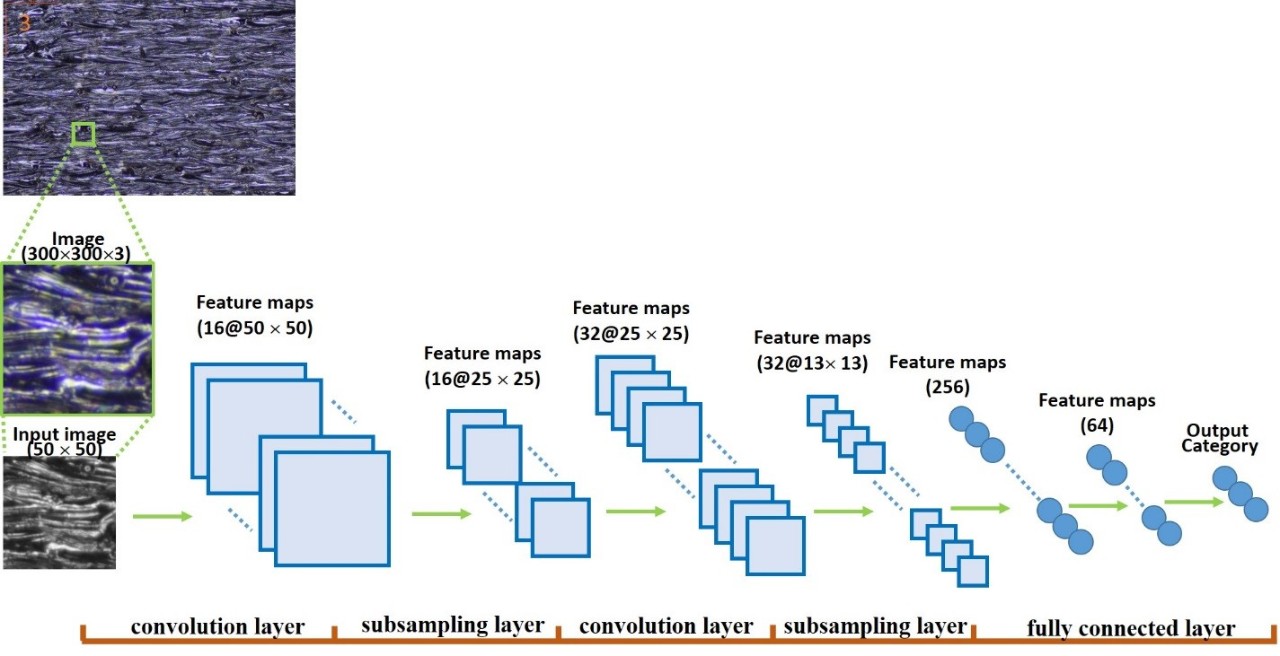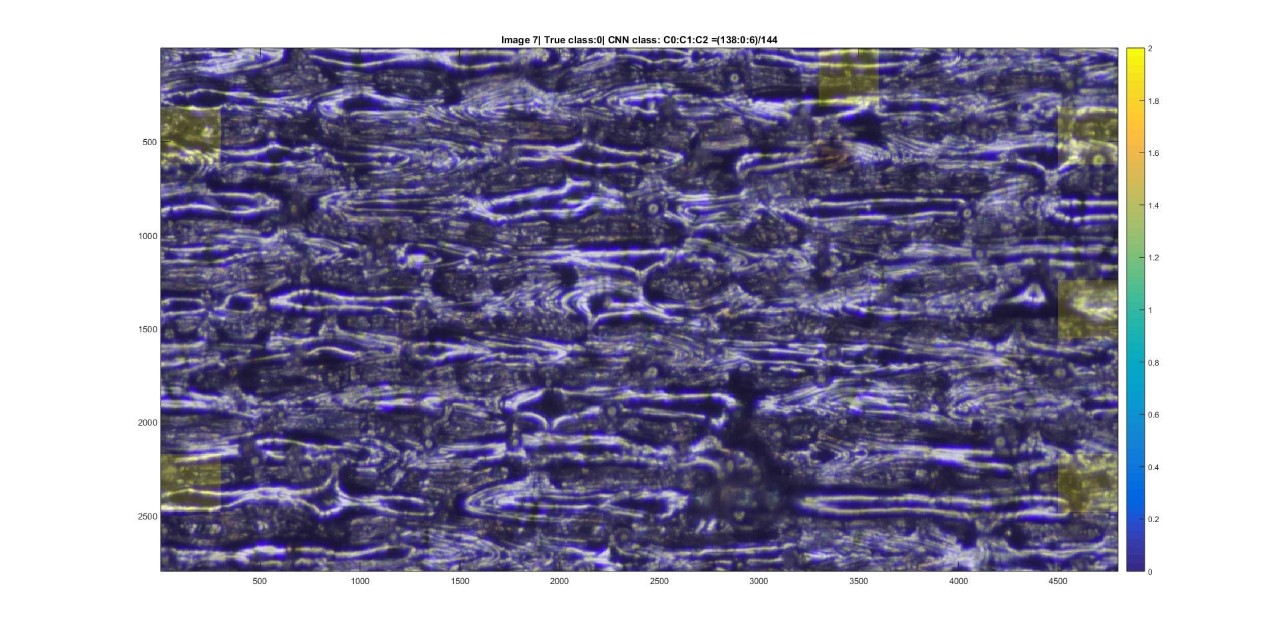Metal additive manufacturing describes a largely digital method of automated metal part manufacturing using metal powder or metal wire as the raw material. This new manufacturing method is providing more complex parts than ever before and promises to increase the performance of systems using additively manufactured parts or assemblies. Since additive manufacturing remains a relatively new way of making things it is also an area of active manufacturing research and development.
With today’s equipment, process development and process control are part of using metal additive manufacturing to make critical parts. Even with the application of applied industrial statistical techniques like Design of Experiments (DoE), the experimental workload is significant. A substantial proportion of this time is spent inspecting sample parts under a microscope or using X-ray Computed Tomography. Moog has been working hard at this. Previous blog posts provide some details.
While Moog has been making significant process improvements to reduce this workload, Professor Rai at University at Buffalo, part of the SUNY System, has been mastering the art of image recognition using artificial intelligence.
Thanks to funding from the UB New York State Center of Excellence in Materials Informatics (CMI) https://www.buffalo.edu/cmi.html Moog engineers and Professor Rai were able to apply convolutional neural networks to metal additively manufactured parts. The result is a highly trained computer algorithm that can recognize high quality additive manufactured parts and reject the lower quality ones. A diagram describing this algorithm and a sample resultant image from this work are included below. This large image has been reconstructed from 144 sub images that were individually evaluated and colored by the computer algorithm. Of the 144 images, 136 of the sub images were classified as “undermelt” and six of the sub images were classified as “overmelt”. Both “undermelt” and “overmelt” are non-optimal conditions seldom used for production parts. The process parameters used to create the image resulted in insufficient energy and “undermelt” was entirely expected. Moog and UB now have a computerized inspection tool that will allow Moog to run more experiments, inspect the results, and further increase the quality metal additively manufactured parts.
 Figure 1: AM Part Evaluation Convolutional Neural Network Diagram
Figure 1: AM Part Evaluation Convolutional Neural Network Diagram
 Figure 2: AM Evaluation Algorithm Result
Figure 2: AM Evaluation Algorithm Result
Since Moog and UB now have a computer trained to recognize high quality AM parts, engineers at Moog are working to apply this technology in other areas. For example an autonomous vehicle’s navigation system can be trained to recognize trees from digital photographs and plot a course around them. This technology is likely to continue to have significant impact in the field of robotics.
